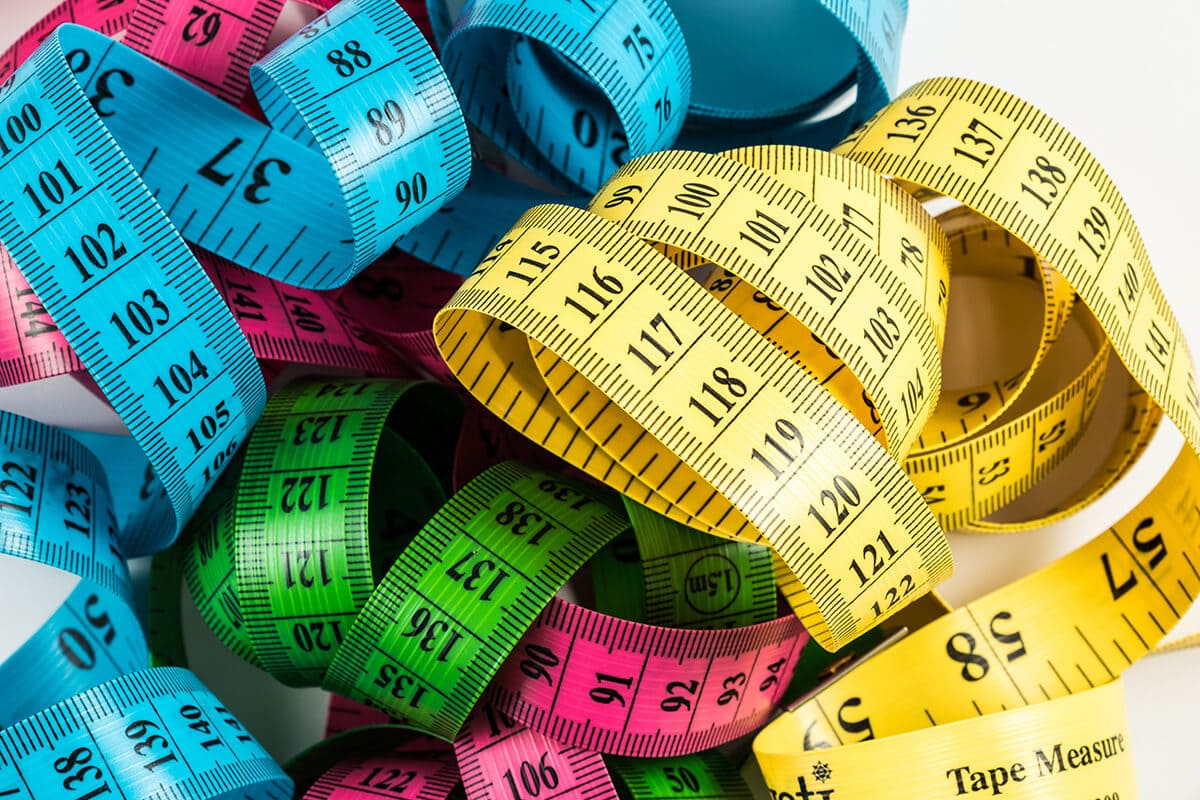1. Opening circle (10 min)
Big circle: How do you feel now, what happened to you during the last week?
2. Jumping contest (10 min)
The facilitator marks a certain length of distance in the classroom (at least 4-5 metres, preferably longer). The participants decide what kind of movements can be used to cover the distance (e. g frogleaps, jumping on one leg, etc.)
Participants work in pairs, one of them is the contestant, the other measures the time. Before the contest begins, the participants who measure the time should agree on how to do it. If they have a watch, phone, tablet, they can use that, or they can count slowly, or use their own pulse. They should also work out how they can compare the various methods of time measurement to decide which contestant was the fastest. They should come up with various different possibilities, the more creative, the better. They can test their methods during the contest, where each contestant covers the same distance.
3. What do we measure with? (25 min)
Participants work in groups. The facilitator provides them with various objects: sheets of paper, strings, glasses, a bowl ful of water, etc.
The group can only use the available objects to measure:
– the surface of a schooldesk;
– the distance between the blackboard and the door;
– the amount of water in the bowl;
– the weight of a schoolbook.
The groups have to come up with creative solutions (e.g. if some of them know their height, it can be measured with the string and then the string can be used as a measurement).
The facilitator encourages a discussion about how measurements are based on common agreement and how they were created in the past. Participants can measure the differences of a span. A span is the distance measured by a human hand, from the tip of the thumb to the tip of the little finger.
Participants can suggest new measurements. E.g. if Nicky is 152 centimeters tall, 1 Nicky equals 152 cms.
4. Corrections (10 min)
Participants work in groups. They read the story in the Annex and make corrections where it is necessary. They have to suggest a way to measure kind-heartedness.
5. Closing circle (5 min)
What are you taking away from this workshop? What was the best/ most difficult?
Which school subject would you connect this workshop to?
Annex
Once upon a time there was a very old king who was already 99 cats old. He decided to give his crown to the strongest person in his kingdom. He proclaimed that anybody who could lift 100 carpets and run 100 castles in 1 grain of sand must present themselves. Many people tried, but none of them passed the test. Then the old king thought he should give his crown to whoever was the smartest. He proclaimed that anybody who could solve 100 maths problems in 1 ball and had alread read 99 marmalade of books must present themselves. Many people came, but when the old king chatted with them, none of them proved to be very clever. So the old king decided to give his crown to the most kind-hearted person in the land. But however hard he tried, he could not come up with the right measurement for kind-heartedness. Can you help him?
